October 23, 2021 Leave a Comment
Milk Solids and Skimmed Milk Powder in Baby Foods – Are they healthy? Let’s learn more about these ingredients and how they impact baby’s nutrition.
As a mother or father, you can always find yourself questioning every decision you make about your baby, and that’s a very good thing! Reviewing everything you give your baby can help you keep them healthy and ensure proper growth and development.
That’s why many parents are confused about the presence of milk solids or milk powder in baby food. A large number of baby food products contain these on the ingredient list, which leads us to ask – are they really healthy for babies? In today’s blog post we explore and elaborate on these two highly common ingredients found in a variety of baby foods.

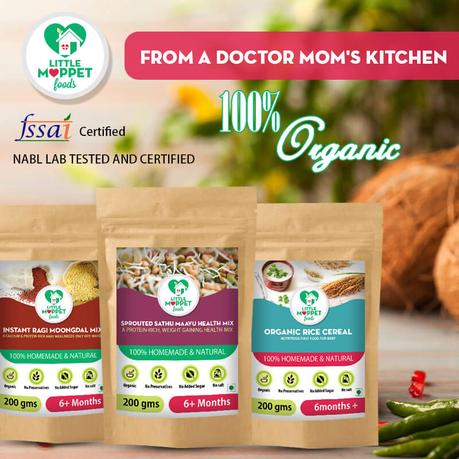
Milk Solids and Skimmed Milk Powder in Baby Foods
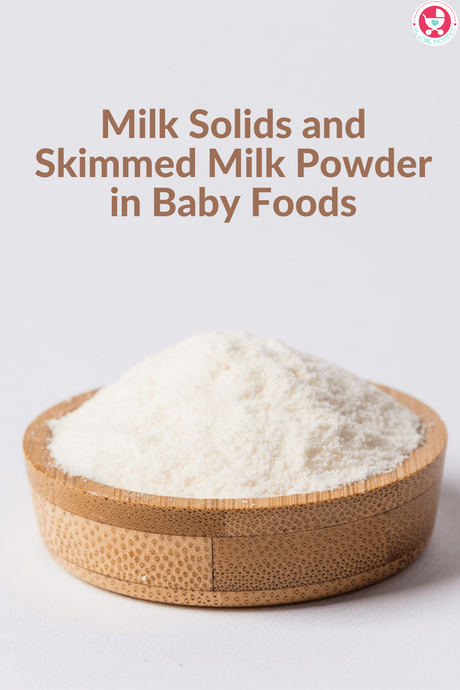
What are Milk Solids?
To understand what milk solids are, we need to break down milk’s composition & structure. Milk is a colloid, which means it contains fat globules suspended in a watery fluid. A colloid is any material in which microscopic particles of one substance are dispersed throughout a larger volume of another substance. In milk’s case, this refers to the fat-like compounds in a water-like liquid.
Milk consists of 87% water and 13% solids. When all of the water from the milk has been extracted, we are left with milk solids. Consider dairy powder from the grocery. It tastes like milk, looks like milk, and smells like milk when mixed with water.
Skimmed Milk Powder v/s Milk Solids
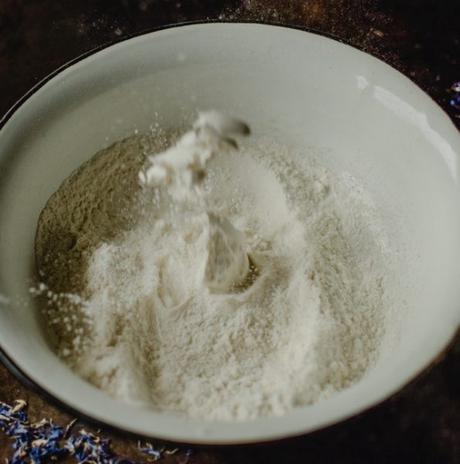
When someone says “milk solids”, they’re usually referring to milk powder that has been obtained by drying whole milk. On the other hand, the substance generated by eliminating all of the water from pasteurized skim milk is known as skim milk powder.
Simply put, skimmed milk powder is a powdered form of skim or “low-fat” milk with fewer calories and fat. Except for water, all of the original elements are present in their original proportions. Unless otherwise stated, skim milk powder includes no more than 5% moisture by weight and no more than 1.5 % milk fat by weight.
Due to it’s low in fat content, it’s not recommended to give skimmed milk powder to children under the age of 2, as their nutritional value does not fulfill the growth requirements of babies of that age.
Raw Milk v/s Powdered Milk
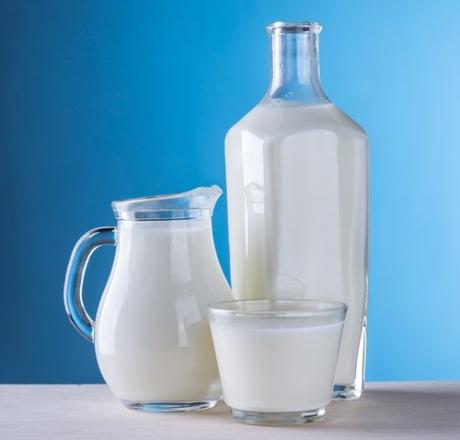
Which one is better? Raw milk or fresh milk has a greater nutritional content, with a higher amount of vitamins and minerals, and a form of protein that is not denatured. However, the primary issue when it comes to milk is safety.
Milk can easily be infected by microbes, particularly pathogenic bacteria; therefore, people with weakened immune systems (which includes babies) should avoid drinking raw milk. On the other hand, milk powder is created through heat treatment, which kills dangerous bacteria and microorganisms, making it safer than raw milk.
Hence for children, it is definitely recommended to go for milk powder or sterilized milk since they are safe and have a longer shelf life. However pasteurized milk needs to be used within seven days since it is more susceptible to deterioration.
Other Benefits of Powdered Milk
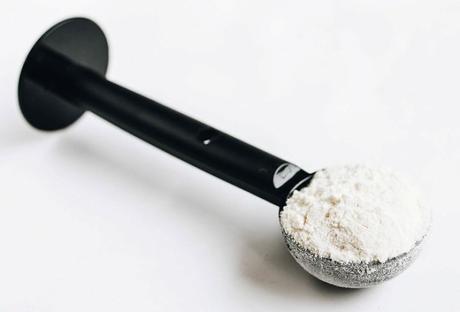
Now that we know powdered milk is not harmful for your baby, is there anything else to strengthen its case?
1. Adds nutritional value: Adding milk solids and/or skimmed milk powder to your homemade baby food supplements all the good nutrition of whole milk to the diet. It provides bone-building nutrients such as protein, calcium, vitamin D and vitamin A, that help with growth. And since it is in a concentrated form, 1 teaspoon of milk powder has almost 3 to 4 times more nutritional value than the same amount of milk.
2. Provides dairy flavor and aroma: Although fresh milk definitely has a stronger taste and smell compared to powdered milk, it doesn’t mean that your baby won’t like the flavor of milk powder. Milk solids have a more subtle taste and aroma that can be incorporated very well in your baby foods.
Please remember that breast milk is the best milk for your baby, and the WHO recommends exclusive breastfeeding for babies under six months. It is also advised to avoid cow’s milk for babies under one year of age. Once your baby has crossed her first birthday, you can introduce cow’s milk in any form.
When it comes to taste, aroma, and stable nutrition density, fresh or raw milk certainly wins, but it can be a safety hazard. This s is where milk solids enter the picture, being a safer alternative, especially when you’re on the move. If you’re still confused, please consult with your baby’s pediatrician before introducing milk solids in your baby’s diet.
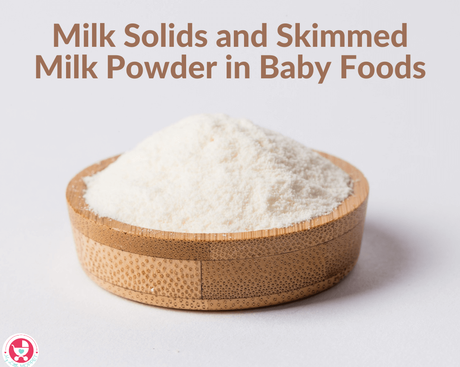
You may also like
- 20 Top Foods that Boost Breast Milk Supply
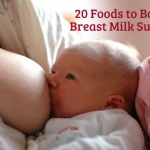
- Homemade Chocolate Milkshake with Multigrain Milk Powder
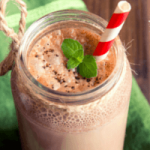
- When Can I give my Baby Cow's Milk ?

- Is my Baby getting enough Breast Milk?
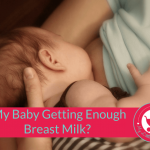
- Can I give my Baby Curd, Banana, Milk during Cold,…
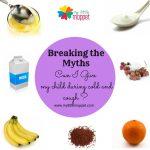
- How to introduce solids to Baby ?

Filed Under: Baby, Nutrition Tagged With: milk powder, milk powder in baby foods, milk solids, skimmed milk powder
